Introduction
Burnout, a pervasive issue in modern workplaces, significantly impacts mental health and productivity. Consequently, researchers and clinicians need reliable tools to measure it effectively. The Oldenburg Burnout Inventory (OLBI), developed by Demerouti, Bakker, Nachreiner, and Schaufeli, and published by Journal of Applied Psychology & American Psychological Association, is a widely used, validated instrument designed to assess burnout across various occupational settings. Since its publication in 1999 (with the English translation released in 2001 and validated in 2003), the OLBI has garnered over 20,000 citations on Google Scholar, underscoring its relevance in psychological research (Demerouti et al., 2001).
This article provides a comprehensive guide to the OLBI, detailing its features, applications, and value for experts in occupational health and psychology.
Key Features of the Oldenburg Burnout Inventory (OLBI)
Purpose and Use
The OLBI measures burnout among adults in diverse occupational settings. Specifically, it evaluates two core dimensions: exhaustion (physical, emotional, and cognitive fatigue) and disengagement (detachment from work). Thus, it serves as a critical tool for researchers studying workplace stress and clinicians monitoring employee well-being.
Target Population
The OLBI targets adults aged 18 and older, including young adults (18–24), middle-aged adults (25–44), older adults (45–64), and seniors (65+). Notably, it focuses on individuals in occupational settings, making it ideal for workplace studies but less suitable for children or adolescents.
Structure
The OLBI comprises 16 questions, split evenly between its two subscales:
- Exhaustion: 8 items assessing fatigue and the need for rest.
- Disengagement: 8 items measuring negative attitudes and behaviors toward work.
Each item uses a 4-point Likert scale (1 = strongly agree, 4 = strongly disagree), making it straightforward to administer and interpret.
Scoring Method
The OLBI employs a 4-point Likert scale, with scores calculated as follows:
- Reverse-score positively worded items (1, 3, 6, 7, 9, 11, 13, 15), converting 1→4, 2→3, 3→2, and 4→1.
- Compute mean scores for each subscale:
- Exhaustion: Items 2, 4, 5, 8, 10, 12, 14, 16
- Disengagement: Items 1, 3, 6, 7, 9, 11, 13, 15
- Calculate the total burnout score by averaging all 16 items after reverse-scoring.
Cut-off scores indicate burnout severity:
- Exhaustion: >2.25 (high exhaustion)
- Disengagement: >2.1 (high disengagement)
- Total burnout: >2.18 (high overall burnout)
Higher scores reflect greater burnout, aiding researchers in identifying at-risk populations.
Administration Format
The OLBI takes 5-10 minutes to administer, making it highly efficient. It can be conducted via:
- Paper-based forms
- Digital (Online) platforms
- Interview (In-person)
Its self-administered format, requiring no specialized training, enhances its practicality for busy clinical environments.
Applications of Oldenburg Burnout Inventory (OLBI)
The OLBI offers significant value in both research and clinical practice:
- Screening: Identifies individuals experiencing high levels of burnout.
- Monitoring: Tracks changes in burnout over time, particularly in response to interventions.
- Treatment Planning: Informs tailored workplace interventions to reduce stress.
- Research: Widely used in studies exploring burnout’s impact on mental health and productivity.
For example, researchers can leverage the OLBI to evaluate the effectiveness of stress management programs, while clinicians can use it to prioritize employee well-being initiatives.
Languages and Availability
To ensure global accessibility, the OLBI is available in multiple languages, including:
- English
- Spanish
- French
- German
- Portuguese
- Greek, Dutch, Italian, Turkish, Tamil, Brazilian, Polish, and Romanian.
This multilingual availability enhances its utility in cross-cultural research.
The OLBI is free for academic and clinical use and operates under an open-access license, making it accessible without financial barriers. However, researchers should cite the original publication when using it. This cost-free model broadens its adoption in global research settings.
Reliability and Validity
The OLBI is recognized as a highly reliable and valid instrument for assessing burnout severity. Its psychometric strength is demonstrated by a Cronbach’s alpha ranging from 0.74 to 0.87, indicating strong internal consistency. Specifically, the Exhaustion subscale shows a Cronbach’s alpha of 0.73–0.87, while the Disengagement subscale ranges from 0.76–0.83. Additionally, it exhibits robust test-retest reliability, making it a stable measure over time.
Limitations and Considerations
However, despite its strengths, the OLBI has a few limitations:
- Self-report: Respondents may underreport symptoms due to social desirability bias.
- Age Restrictions: Not suitable for children or adolescents under 18.
- Social Bias: Respondents may minimize answers to meet perceived social expectations, reducing accuracy.
Other Versions and Related Questionnaires
Alternative Versions of OLBI
- OLBI-S (Student Version): Adapted for assessing burnout in college and university students, addressing academic rather than occupational stressors.
Complementary Questionnaires
- Maslach Burnout Inventory (MBI): A widely used alternative for measuring burnout.
- Copenhagen Burnout Inventory (CBI): Focuses on personal, work-related, and client-related burnout.
- Bergen Burnout Inventory: Assesses burnout across occupational groups.
- Professional Quality of Life Scale (ProQOL): Measures compassion fatigue and satisfaction alongside burnout.
Additional Resources
For more information on the OLBI and to access the full questionnaire, visit the following resources:
- Access the OLBI as a PDF through this link.
- For inquiries, contact Dr. Evangelia Demerouti at e.demerouti@tue.nl.
Frequently Asked Questions (FAQ)
- Who can use the OLBI?
Researchers and clinicians use the OLBI to assess burnout in adults aged 18+ in occupational settings. - How long does it take to complete the OLBI?
The OLBI takes approximately 5–10 minutes to complete, making it efficient for both research and clinical use. - How is the OLBI administered?
It can be administered via paper-based, digital (online), or in-person interview formats, offering flexibility. - Is there any cost to using the OLBI?
The OLBI is free for non-commercial use, with no licensing fees for academic or clinical purposes.
A word from ResRef about Oldenburg Burnout Inventory (OLBI)
The Oldenburg Burnout Inventory (OLBI) represents a significant advancement in burnout assessment. Its two-dimensional structure focusing on exhaustion and disengagement captures the core aspects of burnout while its balanced approach to item wording (including both positive and negative items) enhances its psychometric properties. The OLBI’s free availability and cross-cultural adaptations make it an accessible tool for researchers and practitioners worldwide. Its application across diverse occupational settings and adaptation for student populations demonstrate its flexibility and broad utility.
References
- Demerouti, E., Bakker, A. B., Nachreiner, F., & Schaufeli, W. B. (2001). The job demands-resources model of burnout. Journal of Applied Psychology, 86(3), 499–512. (link)
- Halbesleben, J. R. B., & Demerouti, E. (2005). The construct validity of an alternative measure of burnout: Investigating the English translation of the Oldenburg Burnout Inventory. Work & Stress, 19(3), 208–220. (link)
- Reis, D., Xanthopoulou, D., & Tsaousis, I. (2015). Measuring job and academic burnout with the Oldenburg Burnout Inventory (OLBI): Factorial invariance across samples and countries. Burnout Research, 2(1), 8–18. (link)
- Sinval, J., Queirós, C., Pasian, S., & Marôco, J. (2019). Transcultural adaptation of the Oldenburg Burnout Inventory (OLBI) for Brazil and Portugal. Frontiers in Psychology, 10, 338. (link)


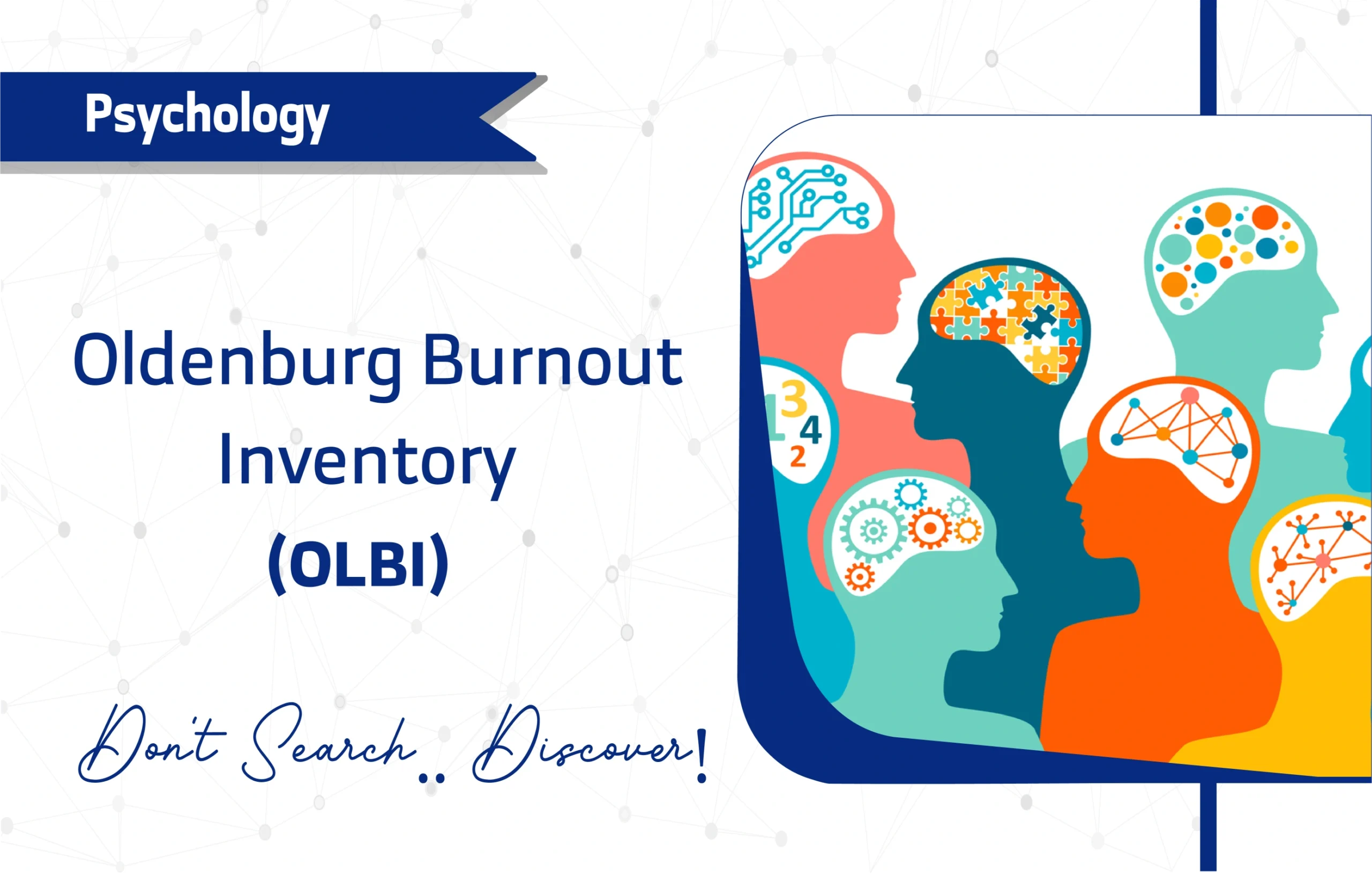
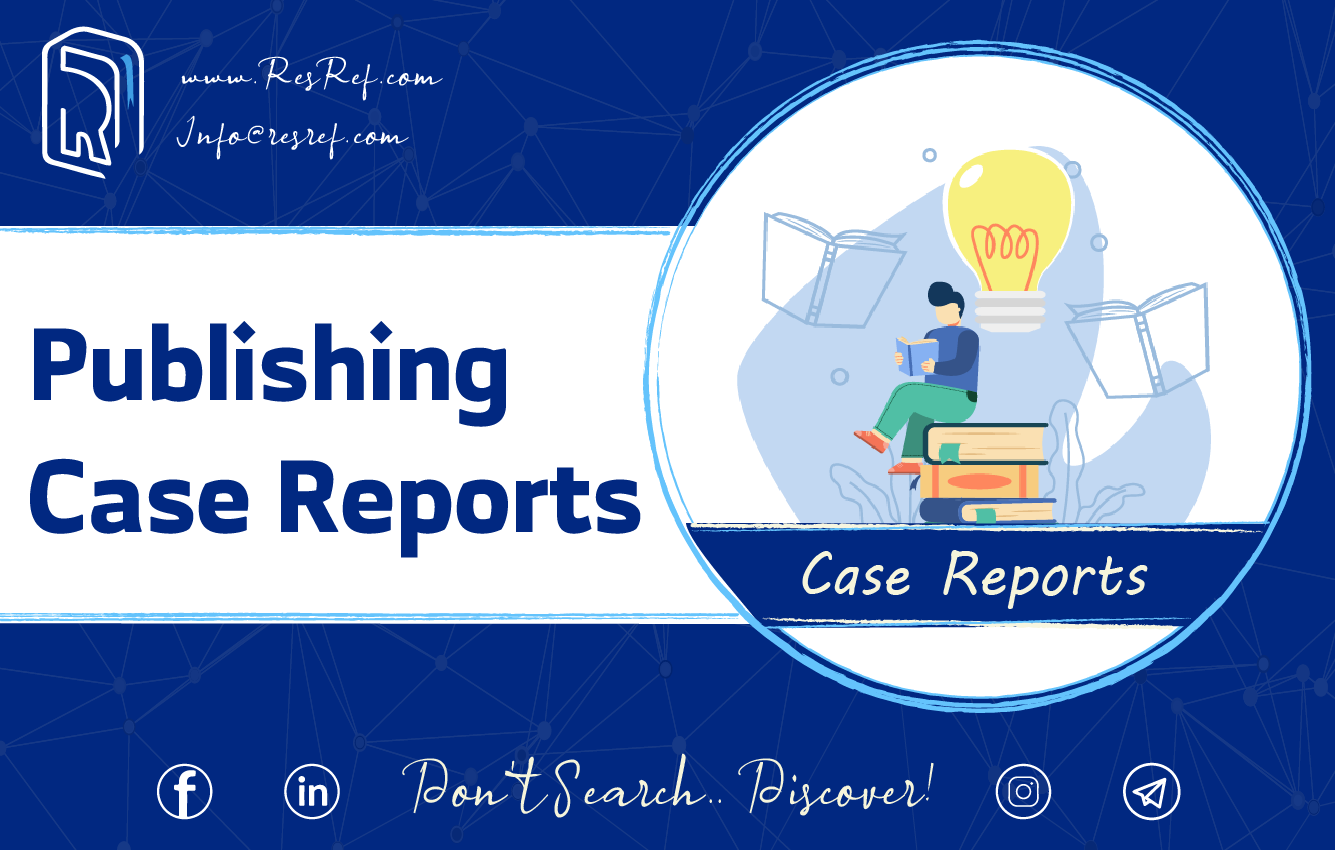
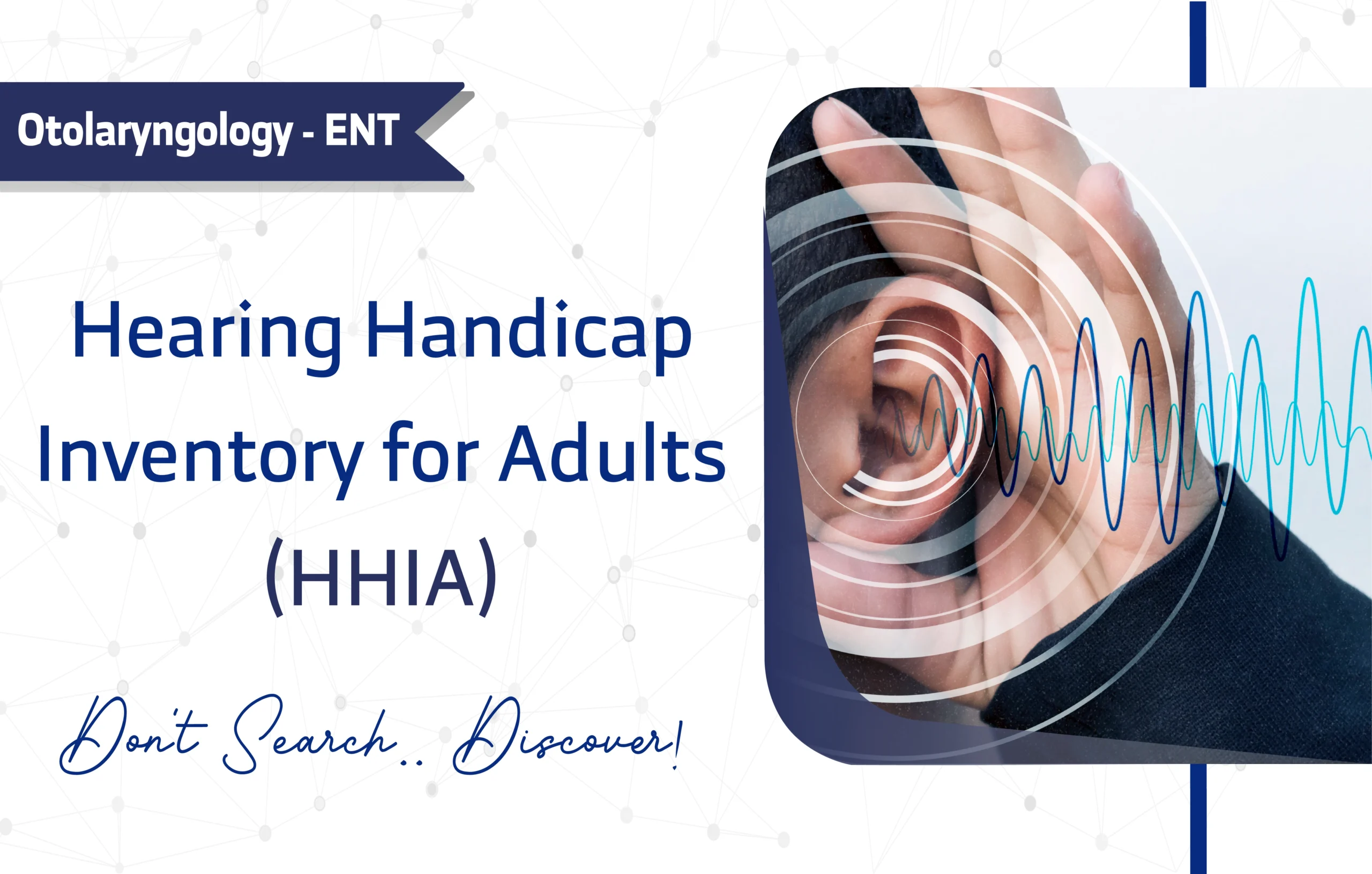
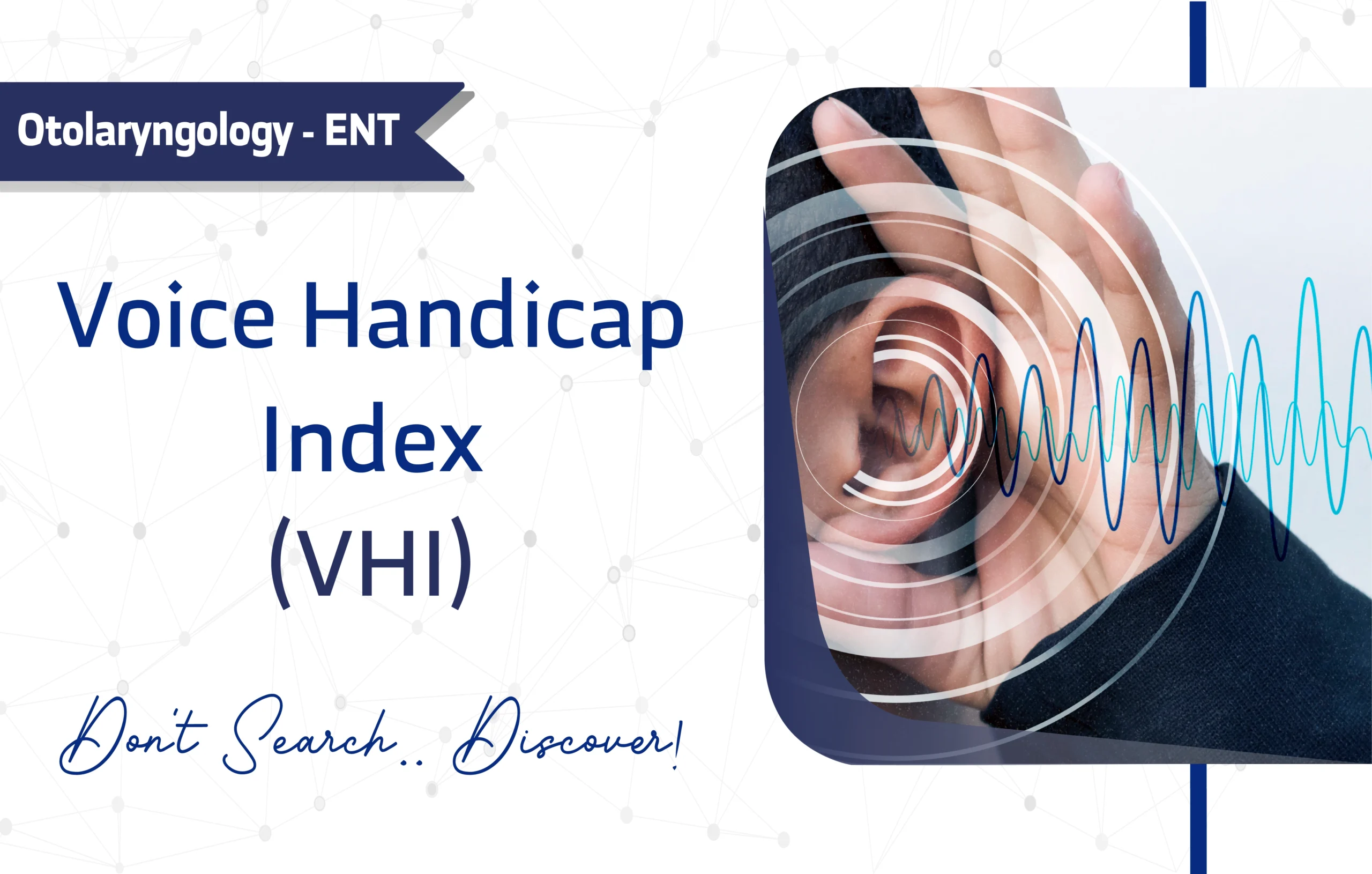
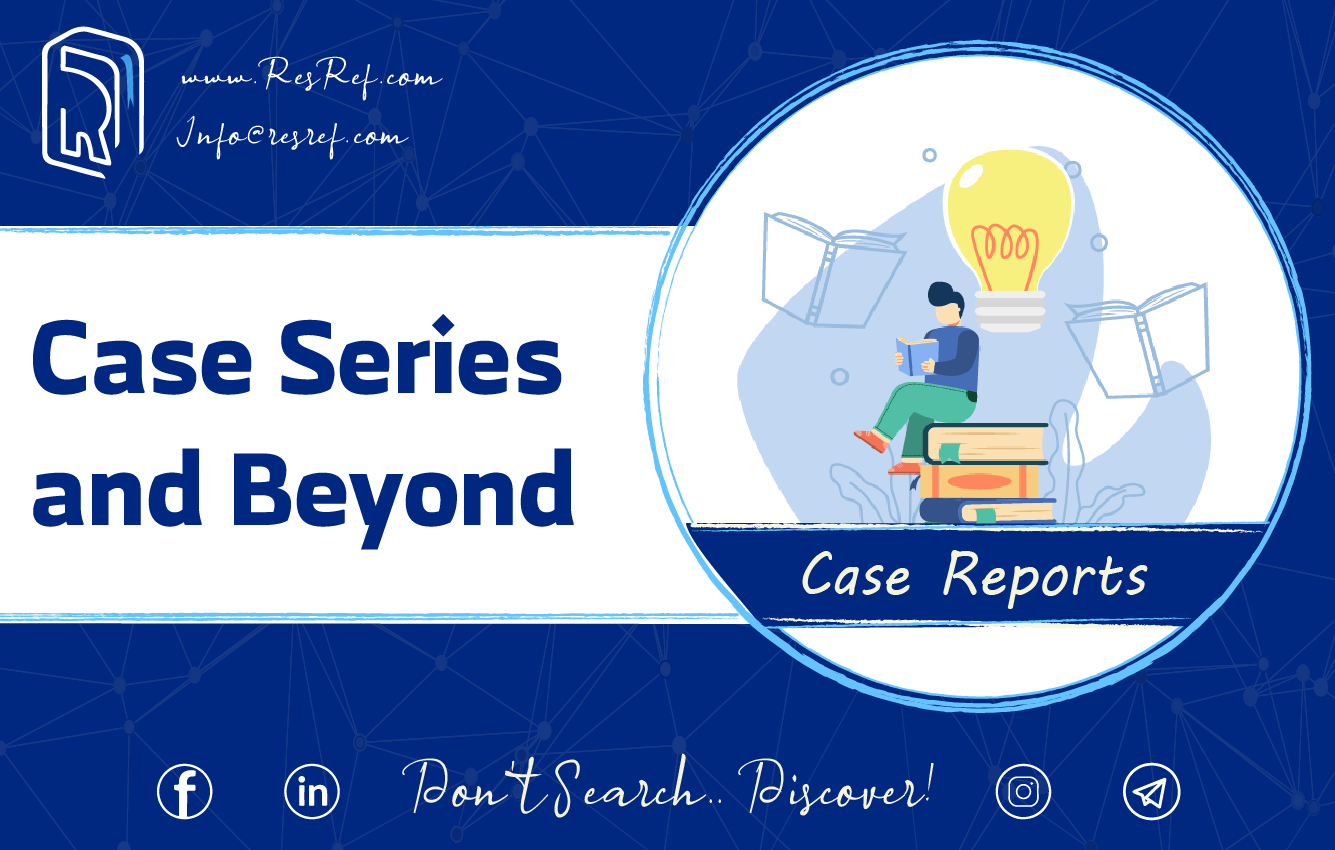
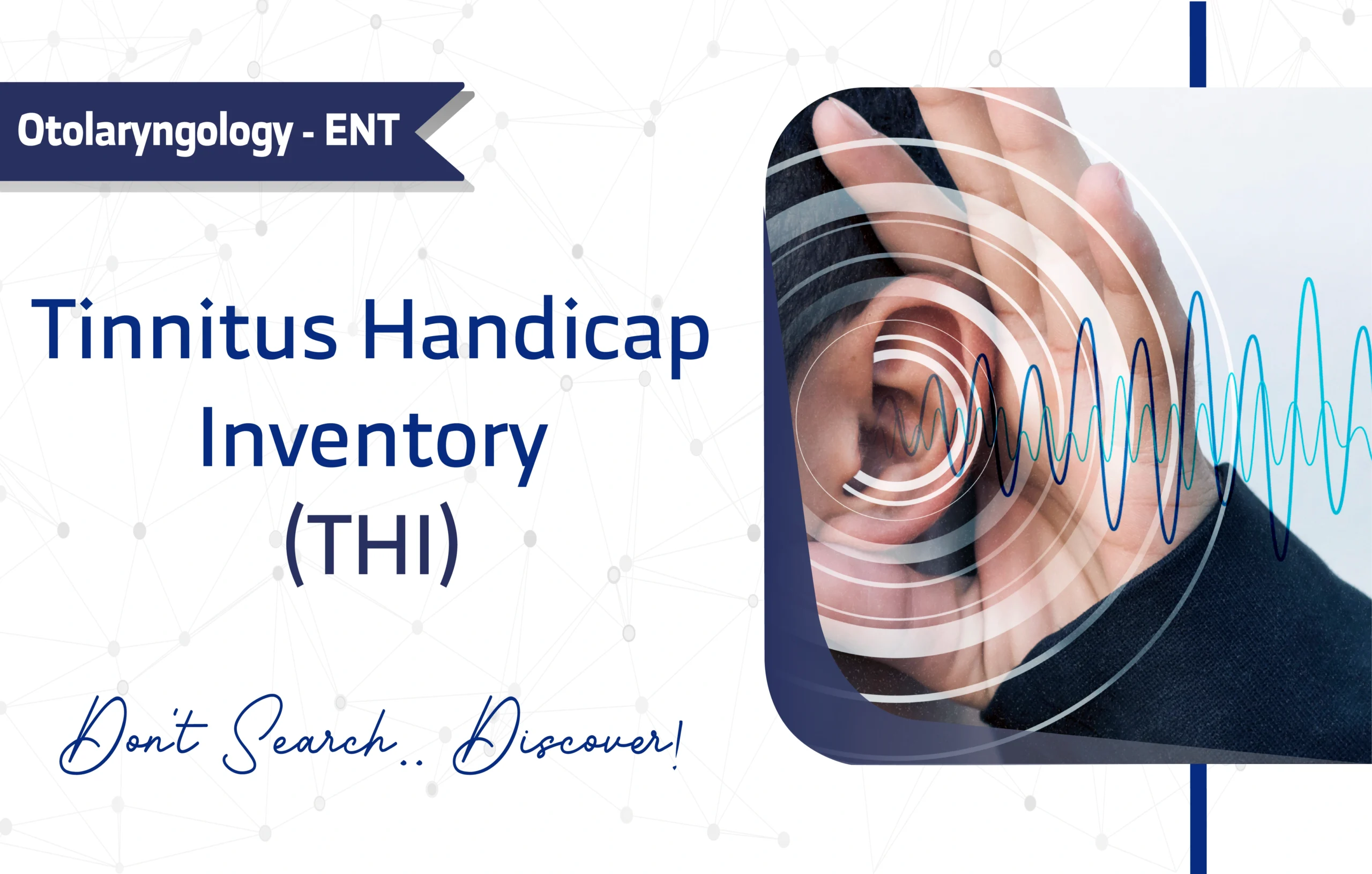
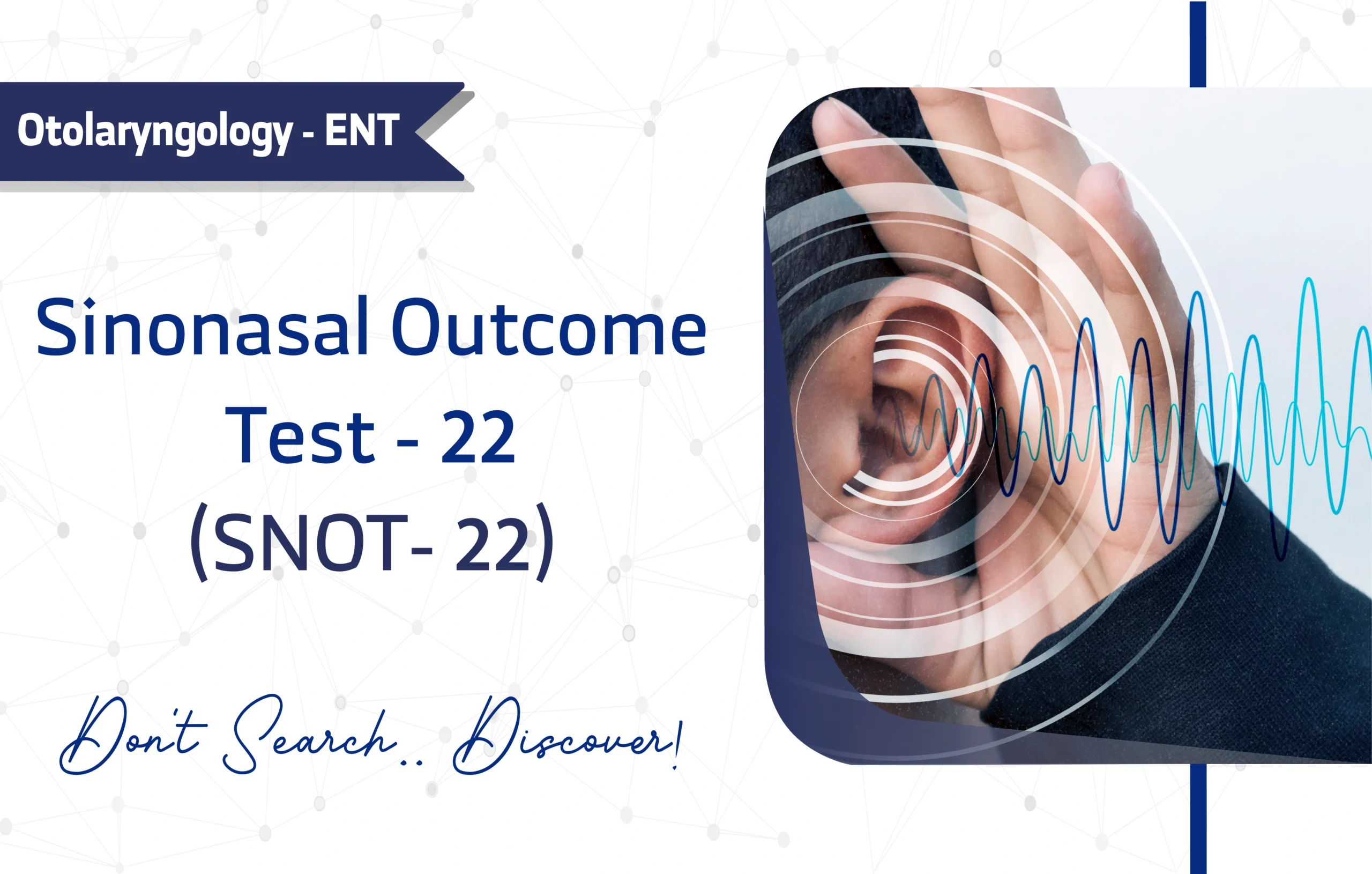
5 thoughts on “Oldenburg Burnout Inventory (OLBI): A Full Guide for Researchers and Clinicians”
Ваш блог просто потрясающий! Здесь собрана действительно полезная и актуальная информация, которая помогает разобраться даже в самых сложных темах. Очень нравится, что материалы написаны понятно и доступно. Спасибо за такой ценный ресурс — обязательно буду заходить сюда снова!
I would like to read more articles about this. Good job!
Greetings!
I came across your study titled “Measuring job and academic burnout with the Oldenburg Burnout Inventory (OLBI): Factorial invariance across samples and countries,” and I found it highly relevant and insightful. I am currently a fourth-year nursing student from Manila Central University, and together with my two other groupmates, we are very interested in learning more about your research, particularly the questionnaire tool you used.
If possible, I would like to kindly request access to the full version of the OLBI-S questionnaire for academic purposes. Please be assured that it will be used solely for research and educational use within our study.
Thank you very much for your time and consideration. I deeply appreciate your contribution to this field and would be grateful for your guidance.
Warm regards,
Regina A. Yuson
Fourth-Year Nursing Student
Manila Central University
I envy your work, thankyou for all the informative content.
Thank you for your sharing. I am worried that I lack creative ideas. It is your article that makes me full of hope. Thank you. But, I have a question, can you help me?